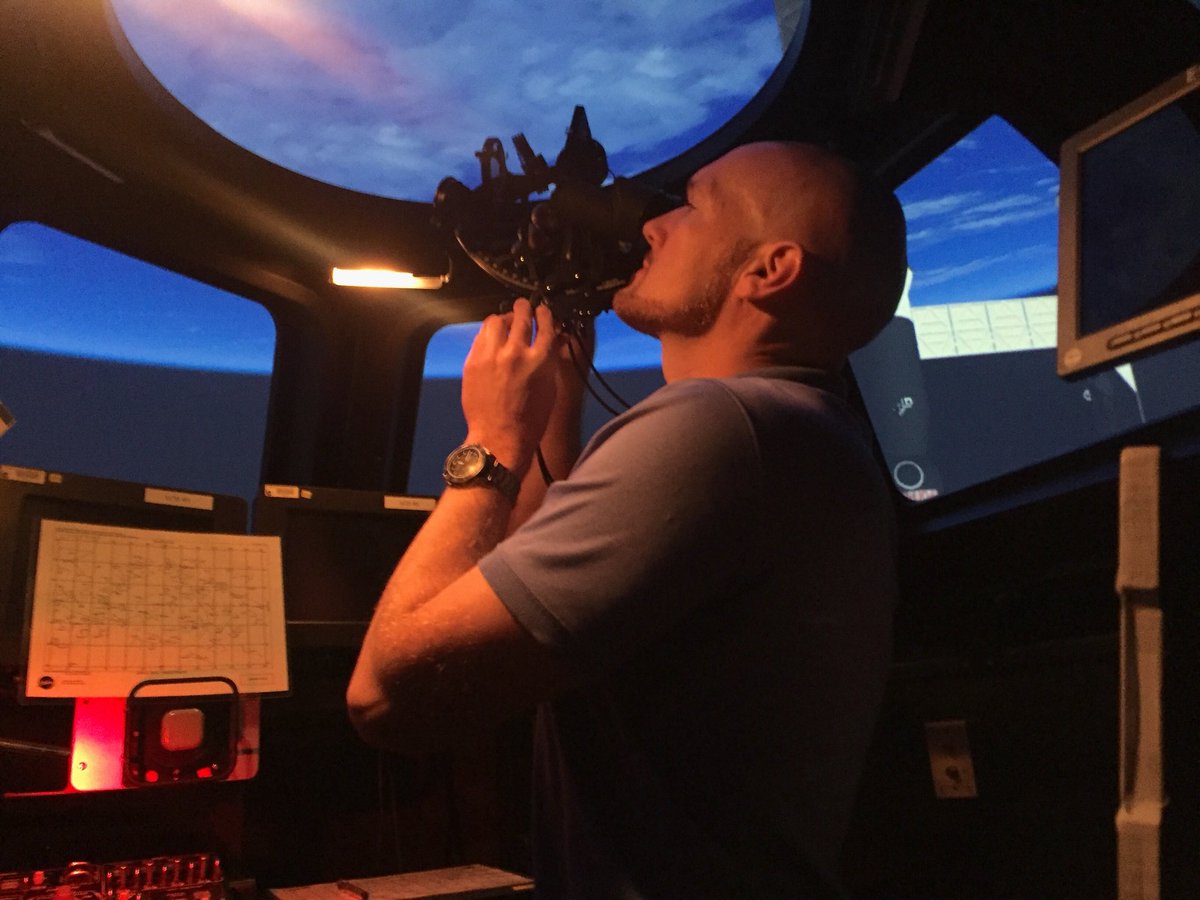The constellations in the night sky are connected to myth and legend, as well as the unscientific concepts of astrology. But they also have held importance and usefulness to science and exploration throughout history and still today.
Stars in the universe are scattered across a vast, three-dimensional space. When we look up from the surface of our planet, however, humans have historically observed constellations: two-dimensional pictures and shapes connecting the stars in the sky to stories from cultures around the globe.
In addition to their cultural significance, constellations have also been important instruments that once marked the passage of time and the seasons. Today, constellations continue to be valuable tools to orient astronomers and stargazers in the night sky.
One constellation tradition is the western zodiac, which is made up of 12 constellations: Aries, Taurus, Gemini, Cancer, Leo, Virgo, Libra, Scorpio, Sagittarius, Capricorn, Aquarius and Pisces.
Constellations of the Night Sky: Famous Star Patterns Explained (Images)
The zodiac constellations
As Earth rotates, the sun, moon and planets seem to move generally along a set path through the sky, called the ecliptic.
The 13 constellations in the path of the ecliptic are:
Astrologers use 12 of these constellations to roughly correspond with the signs of the zodiac to make predictions. (The 13th, Ophiuchus, it omitted because when the signs were first described, the stars were not in exactly the same position as they are today.)
Today, the astrological signs differ from these constellations, bearing only a loose reference to one another. The sign of Pisces, for instance, currently corresponds to the rise of the constellation of Aquarius.
Read more: How the constellations got their names
What is a constellation?
From Earth, stars appear to move across the sky on a regular schedule. That appearance of star movement actually has more to do with the rotation of Earth than the movements of stars themselves.
Similar to how our sun looks like it’s moving across the sky when it’s really our planet rotating as it orbits the sun, constellations appear to be rotating across the sky when that movement is really due to our changing viewpoint.
Read more: Space junk is blocking our view of the stars
Although we’re looking at stars across vast expanses of three-dimensional space, the arrangement we see looks two-dimensional. But stars that seem to be right next to each other in a constellation may in fact be hundreds of light-years apart.
For example, in the well-known constellation Orion, the nearest star to us is Bellatrix, a bit more than 200 light-years from Earth. But the farthest star in that constellation is Alnilam, which is about 1,300 light-years away. But from our viewpoint on Earth, they look like nearby neighbors.
Orion isn’t one of the zodiac constellations, though. Those constellations are defined mostly by their position on the ecliptic, an imaginary or projected line in the sky that marks the perceived path of the sun (as well as the rough paths of the planets and the moon, which are all more or less on the same plane) over the course of a year on Earth.
The path of the ecliptic passes through 13 of the 88 constellations officially recognized by the International Astronomical Union (IAU) since 1929. Just 12 of those constellations make up the western zodiac.
History of the western zodiac

Most of the constellations in the Northern Hemisphere’s skies bear Greek and Roman names. According to Encyclopedia Britannica, that is thanks in part to the Almagest, an influential catalog of stars and constellations created by the ancient mathematician Claudius Ptolemy in the second century.
However, people were mapping the sky long before these names took hold. Ancient China, Sumeria in the Middle East and Egypt each had their own star maps, for example. According to a 2017 paper from the journal of the American Philosophical Society, many of the Greek constellations that we consider to be the Western zodiac today were adopted from Babylonian astronomers. They referred to “The Twins,” “The Lion” and “The Crab” thousands of years ago, which are the same constellations we (and the ancient Greeks) know as Gemini, Leo and Cancer, respectively.
Astrology was once considered part of the science of astronomy. In fact, the famous astronomer Johannes Kepler was considered an astrologer during his life in the 1600s, according to Time magazine.
Now, however, astrology is commonly considered a pseudoscience. No evidence has been found for the predictive power of astrological predictions based on the zodiac, as demonstrated in this 1985 paper from the journal Nature.
How are the zodiac constellations used today?

In science:
The IAU’s 88 constellations, which include all 12 of the zodiac constellations, are still relevant to researchers today. Astronomers can use those markers to explain what parts of the sky are part of their work, or orient themselves to find objects they have seen in space.
The Morehead Planetarium also recommends using constellations as a reference point to spot faster-moving planets. For casual skywatchers, the zodiac constellations are recognizable because they have a story and shape associated with them. When a planet appears as a bright object in a constellation, watchers can spot that one of the “stars” is out of place and might actually be Mars, Jupiter or Venus instead.
Similarly, constellations can be used to describe where a meteor shower might appear in the sky, or where a comet might come into view.
Related: Try “star hopping” to use constellations as guides to find celestial events
In navigation:
Astronauts still learn star navigation, according to NASA’s Space Place. It’s a backup to computerized navigation systems, but it’s a good backup: Seafarers and explorers used stars and constellations to navigate for thousands of years.
Even autonomous spacecraft, sent to explore far from Earth, can use constellations in their star maps to navigate.
As inspiration:
Throughout history, humans around the planet found the stars useful for timing harvests and plantings, but they also used constellations to tell stories and find meaning.
Now, planetariums and skywatching programs retell those stories to capture attention, spark curiosity and keep the ancient history of space exploration alive.
Additional resources
- Learn to navigate with the stars using this guide from My Open Country.
- Check out an unofficial set of constellations detected by the Fermi telescope. These newly discovered clusters of gamma-ray objects include constellations named after Godzilla, the Hulk and Albert Einstein.
- Cultures around the world came up with many of the same constellations. A new paper described in Science News for Students explains why.

